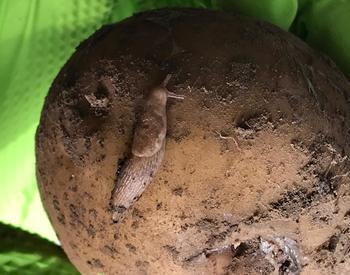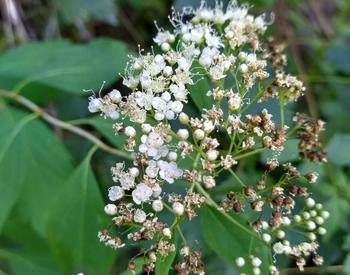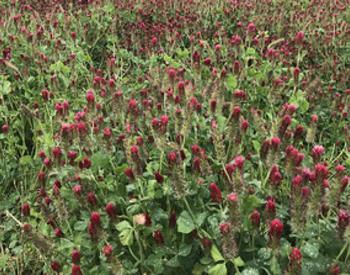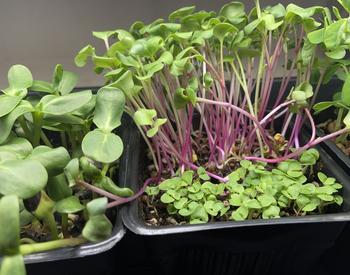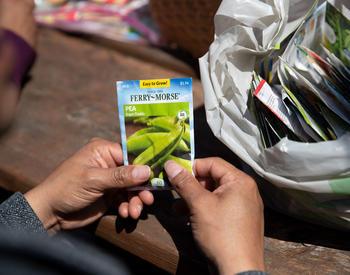EUGENE - When you see numbers following a fertilizer name, they correspond to the percentage of those elements – N, P and K – nitrogen, phosphorus and potassium.
By law, manufacturers must list on their fertilizer products the percentage, by weight, of the essential plant nutrients in that order, explained Ross Penhallegon, Oregon State University horticulturist. Sometimes there is a fourth number, representing the amount of sulfur in the mix.
For example, a fertilizer labeled as 5-10-5, must contain not less than 5 percent nitrogen, 10 percent phosphorus and 5 percent potassium. The fertilizer 16-16-16 contains 16 percent each of nitrogen, phosphorus and potassium.
A fertilizer formulation does not necessarily contain all four nutrients. For instance, a 21-0-0-24 fertilizer contains 21 percent nitrogen, no phosphorus or potassium and 24 percent sulfur. This fertilizer would be useful for soils needing only nitrogen or nitrogen and sulfur, applied to help acidify soil.
The numbers on fertilizer products can help home gardeners determine which fertilizer formulation is the better buy, as well. For example, in a nitrogen fertilizer, a product containing 5 percent nitrogen should not be priced more than one-quarter the cost of a product containing 21 percent nitrogen.
For more information on "Fertilizing Your Garden," EC 1503, visit our on-line catalog. Our publications and video catalog shows which publications are available on the Web and which can be ordered as printed publications.

